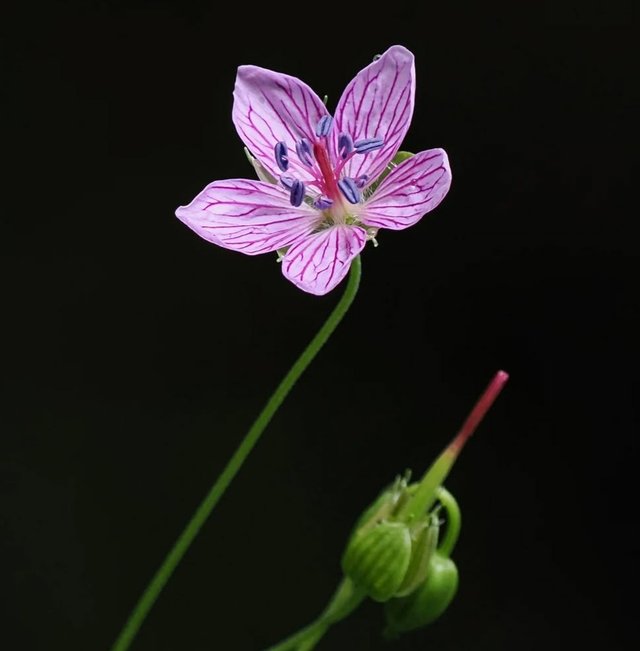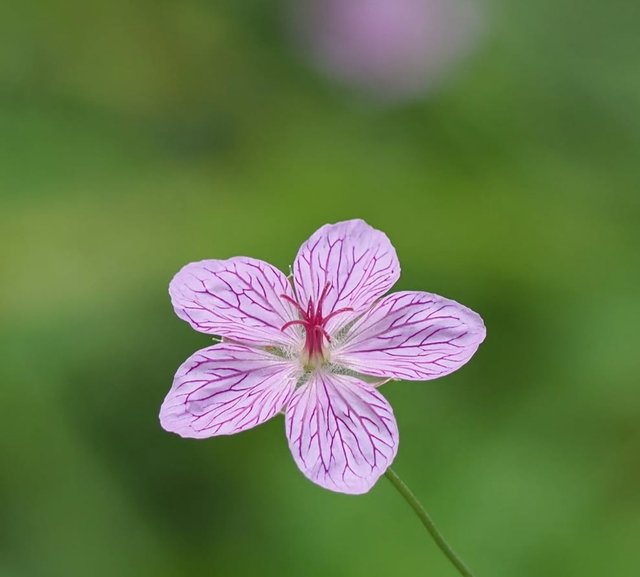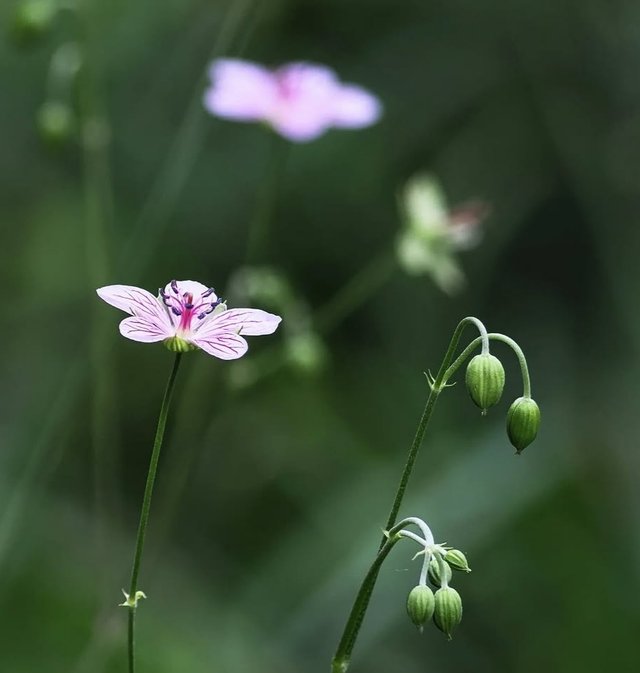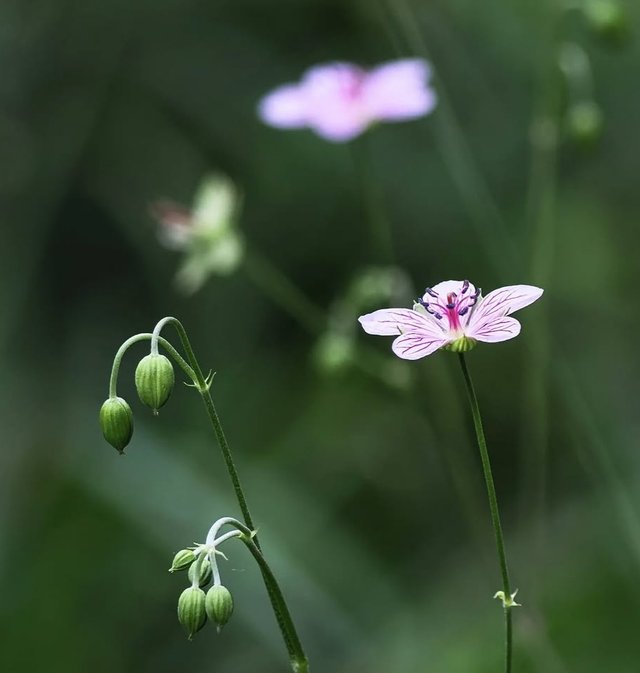Beautiful Stork's-Bills Flower
Stork’s-Bills: A Complete Guide to These Charming Wildflowers
Stork’s-bills, belonging to the genus Erodium in the geranium family, are a fascinating group of flowering plants known for their unique seed pods, delicate blooms, and impressive adaptability. These hardy wildflowers are closely related to cranesbills and pelargoniums but can be distinguished by their distinctive “stork-like” fruiting structures—hence the common name “Stork’s-bill.” Native to Europe, North Africa, and parts of Asia, many species have also naturalized across North America, Australia, and other temperate regions, making them a familiar sight in meadows, roadsides, and rocky hillsides worldwide.
Botanical Features
Stork’s-bills are generally low-growing herbs, forming rosettes of finely divided or fern-like leaves. Their foliage is often softly hairy, giving a silvery or fuzzy appearance that helps reduce water loss in dry habitats. The flowers, which bloom from spring to early summer, are small but striking. Most species bear five petals in shades of pink, purple, lavender, or occasionally white, often marked with darker veins that guide pollinators.
The plant’s most distinctive feature is its fruit: a long, narrow beak-like structure that resembles a stork’s bill. As the seed capsule matures, it dries and coils, catapulting seeds away from the parent plant. This spring-loaded dispersal mechanism is an ingenious adaptation that ensures the species’ survival in open, windy habitats.
Habitat and Distribution
Stork’s-bills are highly adaptable and thrive in dry, sandy, or rocky soils where other plants may struggle. They are common in grasslands, scrublands, and along roadsides, often growing in nutrient-poor conditions. Their drought tolerance makes them well-suited to Mediterranean climates, though some species also inhabit alpine or temperate regions. In disturbed areas or pastures, certain species—such as Erodium cicutarium—are considered valuable forage for livestock, especially in dry seasons when other vegetation is scarce.




%20(9).jpeg)